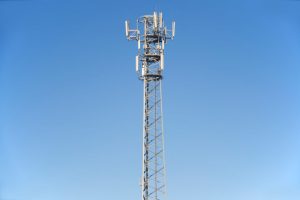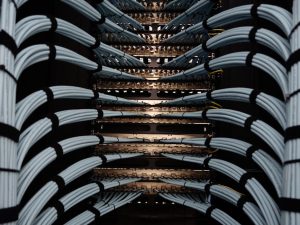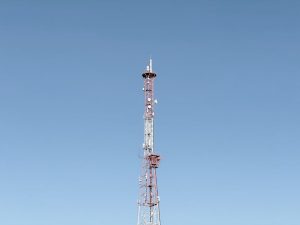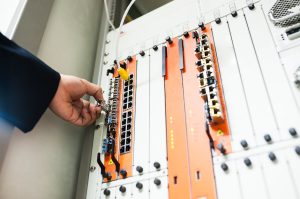
LEO Satellites: Revolutionizing Global Connectivity with Low Earth Orbit Technology
LEO satellites, or Low Earth Orbit satellites, are a type of satellite that orbits the Earth at an altitude of around 160 to 2,000 kilometers. This relatively low altitude allows LEO satellites to provide faster and more reliable connections than traditional geostationary satellites, which orbit at an altitude of around 36,000 kilometers. In this article, we will explore the benefits and applications of LEO satellites, as well as the companies and technologies driving this revolution in global connectivity.
LEO satellites have several advantages over traditional geostationary satellites. For one, they have a lower latency, meaning that the time it takes for data to travel from the Earth to the satellite and back is significantly reduced. This makes LEO satellites ideal for applications that require real-time communication, such as video conferencing, online gaming, and remote healthcare. Additionally, LEO satellites have a higher bandwidth, allowing for faster data transfer rates and making them suitable for applications such as high-definition video streaming and cloud computing.
Applications of LEO Satellites
LEO satellites have a wide range of applications, from providing internet access to remote and underserved communities to enabling the Internet of Things (IoT) and smart cities. One of the most significant applications of LEO satellites is in the provision of broadband internet access. Companies such as SpaceX, OneWeb, and Amazon’s Kuiper Systems are launching constellations of LEO satellites to provide high-speed internet access to areas where traditional fiber-optic cables are not available. This will not only bridge the digital divide but also enable new economic opportunities and improve the quality of life for millions of people around the world.
LEO satellites are also being used for Earth observation, allowing for the collection of high-resolution images and data on the environment, climate, and natural resources. This information can be used to monitor deforestation, track climate change, and predict natural disasters, among other applications. Furthermore, LEO satellites are being used for navigation, providing an alternative to traditional GPS systems and enabling more accurate and reliable positioning and timing.
Companies and Technologies Driving the LEO Satellite Revolution
Several companies are driving the LEO satellite revolution, including SpaceX, OneWeb, and Amazon’s Kuiper Systems. These companies are launching constellations of LEO satellites to provide a range of services, from broadband internet access to Earth observation and navigation. SpaceX, for example, is launching a constellation of over 40,000 LEO satellites as part of its Starlink project, which aims to provide high-speed internet access to the entire world. OneWeb, on the other hand, is launching a constellation of over 600 LEO satellites to provide broadband internet access to underserved communities.
These companies are also developing new technologies to support the LEO satellite revolution. For example, SpaceX is developing a new type of satellite called the Starlink satellite, which is designed to be smaller, lighter, and more efficient than traditional satellites. OneWeb, on the other hand, is developing a new type of antenna that can be used to communicate with LEO satellites, providing faster and more reliable connections.
Challenges and Future Directions
Despite the many benefits and applications of LEO satellites, there are also several challenges that need to be addressed. One of the biggest challenges is the risk of space debris, as the increasing number of LEO satellites in orbit poses a risk to other satellites and spacecraft. Additionally, there are concerns about the regulatory framework for LEO satellites, as well as the potential for interference with other satellite systems.
To address these challenges, companies and governments will need to work together to develop new regulations and standards for the use of LEO satellites. This will include developing new technologies to mitigate the risk of space debris, as well as establishing guidelines for the responsible use of LEO satellites. Additionally, companies will need to invest in research and development to improve the efficiency and sustainability of LEO satellite systems.
In conclusion, LEO satellites are revolutionizing global connectivity, offering faster and more reliable connections than traditional geostationary satellites. With their wide range of applications, from broadband internet access to Earth observation and navigation, LEO satellites have the potential to transform the way we communicate and access information. As the technology continues to evolve and improve, we can expect to see even more innovative applications of LEO satellites in the future.




